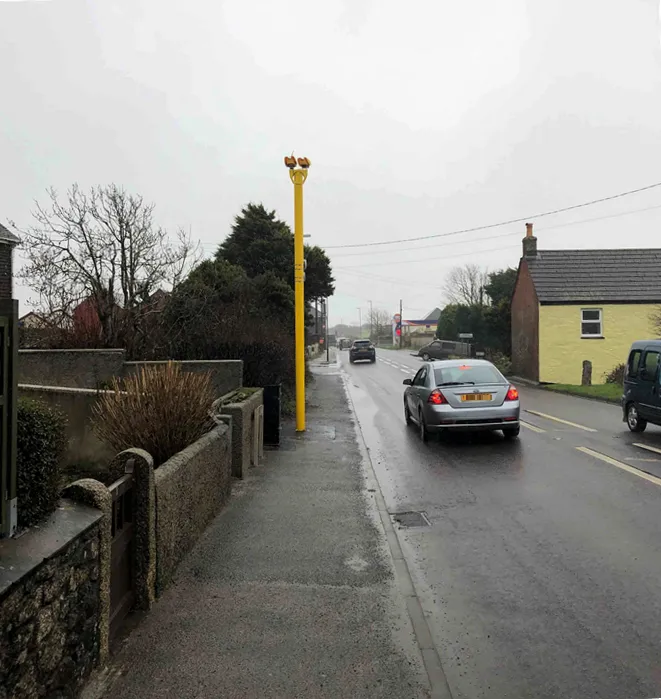It is available on the XPL-SDKW software development kit (SDK) for XCG-CP510 polarised camera modules.
Sony ISS says the application is designed to improve road safety through ITS applications such as tracking seatbelt and mobile phone use or identifying a driver caught by speed and red light cameras.
The SDK system enables system integrators to cut development cost and time when creating applications using polarised modules, the company adds.
Arnaud Destruels, marketing manager, Sony ISS says: “Cameras have been shown to deter dangerous driving habits yet glare significantly limits their effectiveness. We believe the availability of this application within the polarised camera SDK will help reduce risky behaviour and therefore save lives.”
The XCG-CP510 is based on Sony’s IMX250MZR global shutter CMOS sensor, which uses monochrome quad polarised filters to capture polarised light in four planes.
Sony adds windscreen glare-removal to XCG-CP510
Sony Europe’s Image Sensing Solutions (ISS) has unveiled a windscreen glare-removal function designed to help tolling and enforcement operations.
It is available on the XPL-SDKW software development kit (SDK) for XCG-CP510 polarised camera modules.
Sony ISS says the application is designed to improve road safety through ITS applications such as tracking seatbelt and mobile phone use or identifying a driver caught by speed and red light cameras.
The SDK system enables system integrators to cut developm
June 17, 2019
Read time: 2 mins










